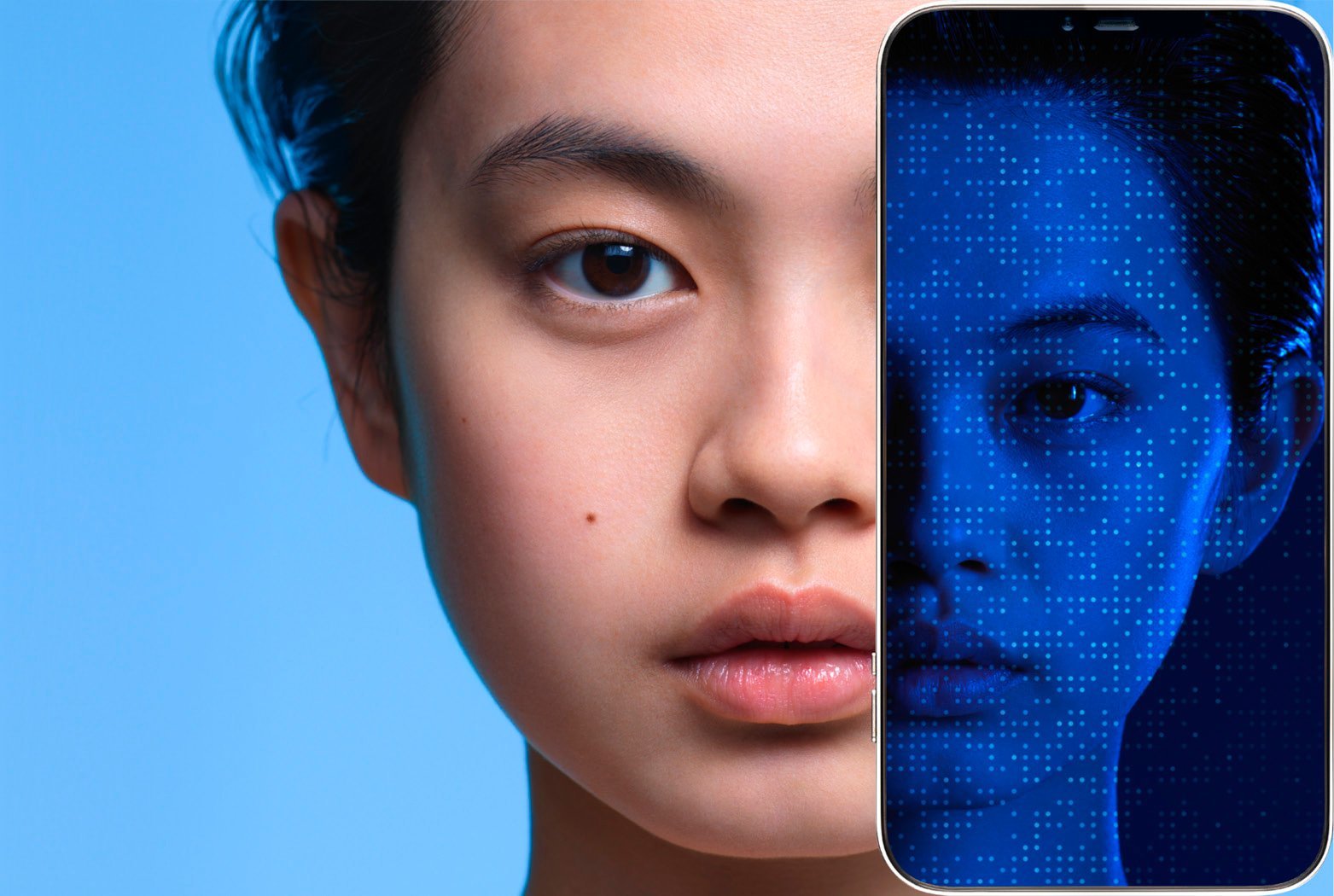How can I repair damaged skin?
If your skin has been burned or subject to cuts and grazes, speed up the skin barrier recovery process with a protective repairing balm such as CICAPLAST Baume B5. If you have a surgical wound with stitches, massage your scar with CICAPLAST Gel B5 to optimise skin barrier function repair. This product can also be used after a chemical peel or laser treatment.
Learn more






